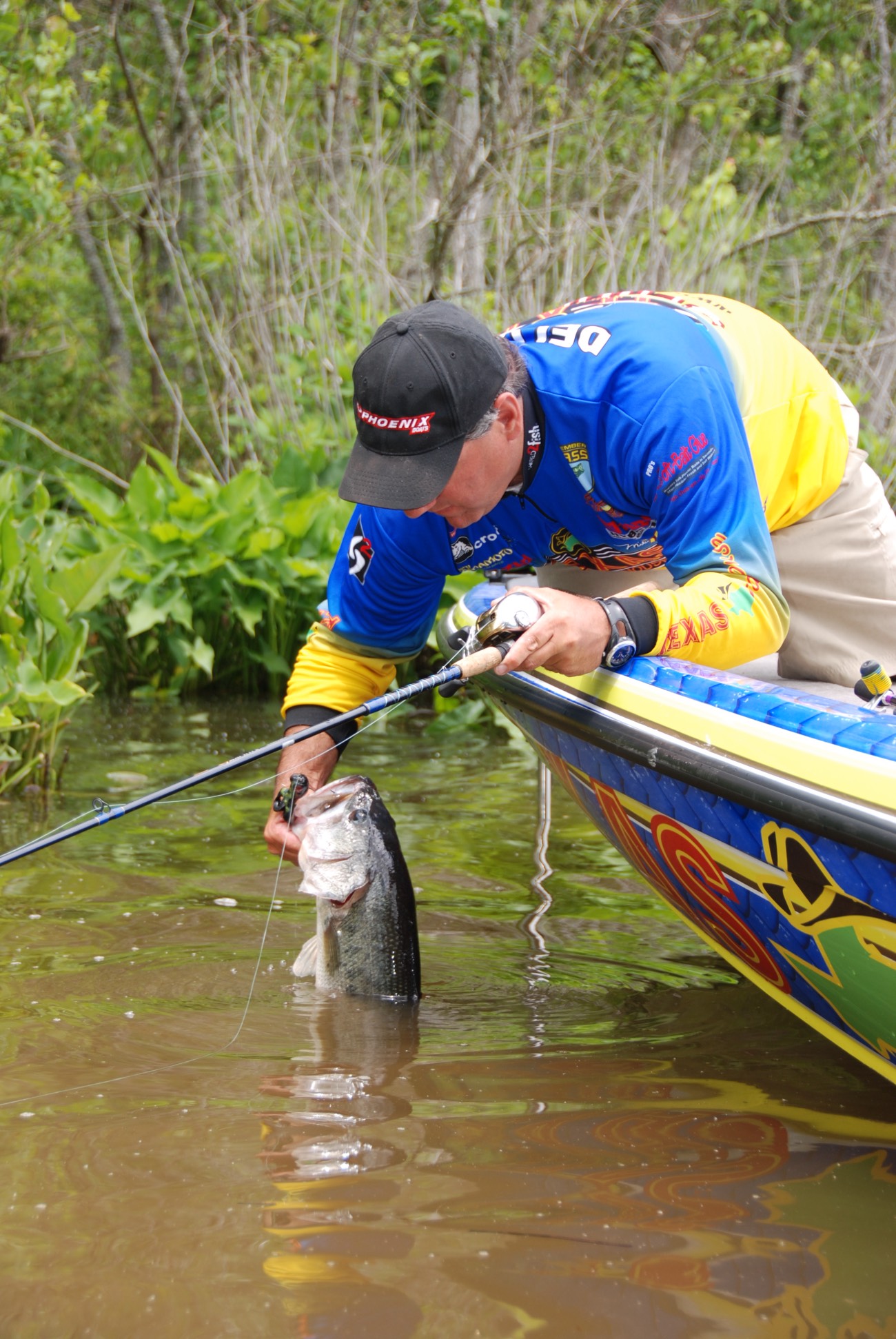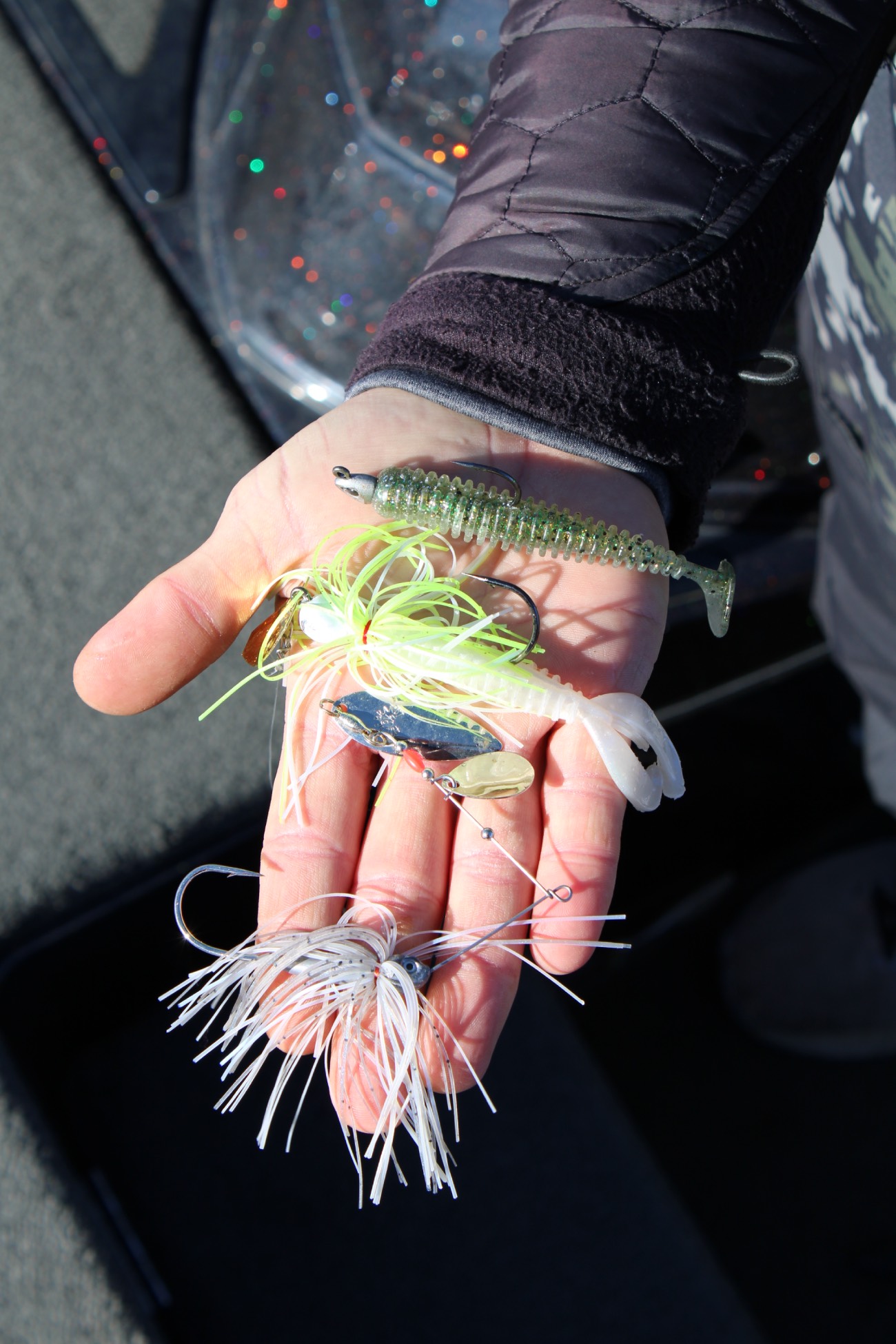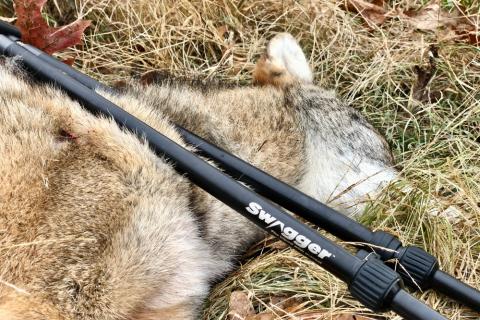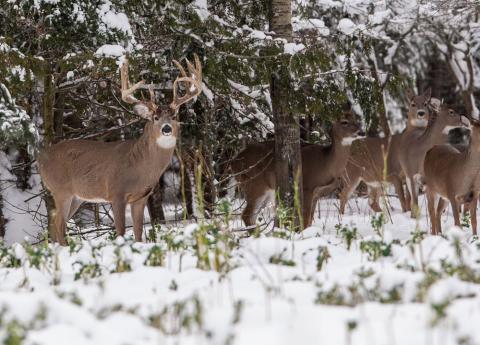Phillip Gentry
Bass fishing during the late winter season can present a bit of a challenge. One of the first things to take into account when you back the boat down the ramp is how clear is the water. During relatively dry winters, lack of run-off and diminished algal blooms during the cold weather can make for some of the clearest water all year.
On the other hand, when winter rains, run-off from upstream drainages, or other water inflow variables stir up sediment and bring it into the lake, muddy water prevails.
It’s often said that fishing muddy water is harder on the fisherman than it is on the fish. Most bass anglers are comfortable with some stain in the water and may even go looking for it under certain conditions. Downright muddy water, as in, still a little too damp to plow, is a different story.
Regardless of what your heart and your eyes tell you, there are some keys to fishing muddy water in the late winter than can not only help you catch fish, they may actually help you to capitalize on the conditions and catch some really good bass. Let’s take a look.
While a large percentage of bass anglers are going to head to shallow water regardless, moving to shallow water when conditions are muddy is the right thing to do under the right conditions. Heading to the bank and making long bank runs is most likely not the right answer, but a more refined shallow water approach can be extremely productive.

Bottom composition and cover are important ingredients for finding shallow water bass in muddy water during the late winter.
Look at the recent water temperature trends of the lake or body of water you’re fishing. Things tend to change dramatically when water temperatures fall below the 50-degree mark and again at the 40-degree mark. Research the dates these temperature shifts occurred. Was the water muddy when cold arrived or was the water already below the 50-degree mark when the mud arrived?
Although by late winter this issue may be sorted out, bass that move shallow due to muddy conditions are more likely to remain in shallow water even cold sets in. This often results in bass being more spread out and in numerous locations. If the cold arrived first, then you might expect bass to move shallow or shallower, to certain locations under a variety of conditions.
Although fish can see in muddy water a lot better than many anglers believe, muddy black out conditions will move bass to areas of dense cover. Laydowns are probably number one on the go to list followed by seasoned boat docks with lots of clutter overhead and underwater.
The complex thing about muddy water is that it’s usually a temporary, diminishing condition. True, some lakes are naturally muddy and stay muddy year-round. Bass in these waters have adapted and water color may not even be a consideration.
On recently muddied waters, bass seek a certain comfort level in the shallows with bottom composition ranking almost as high as cover. In a nutshell, the harder the bottom the better, Rock outcroppings on a rocky bank check both the cover and bottom comp boxes. It’s also easier for bass to hunt prey in these areas, either ferreting out crayfish or lying in wait for baitfish.
Silty or muddy bottom is usually down the list. Unstable bottom composition is not as attractive to food sources and soft bottom doesn’t help bass locate the vibrations of what prey may be there. Clay, sand, and mixed hard bottoms are better than soft bottom and fall somewhere in the middle.
Go with baits that give off some vibration in order to help bass find the bait. Spinnerbaits, blade baits and lures that have imbedded rattles are all good choices.

Blade baits, or lures with embedded rattles, will help bass find your bait in muddy water.
Direct sunlight on muddy water, especially cold, muddy water can be prime conditions. Under these conditions, look for southern exposure banks that get a lot of sun throughout the day, which will warm the water appreciably.
As is the case during much of late winter when high winds are more frequent. Look for areas where moderate wind on a hard bottom bank will stimulate the food chain and put bass in the mood to feed. On really gusty days, look for areas with wind breaks, not only for better boat control, but to settle things down a bit for the underwater world.
Shallow, muddy water tends to be feast or famine. The one thing to keep in mind is that the clock is ticking for late winter bass. Egg production for females and ground acquisition for males is a high priority so to be a successful angler, look for as many positive variables as possible in the same place and continue refining until you start catching fish.





























